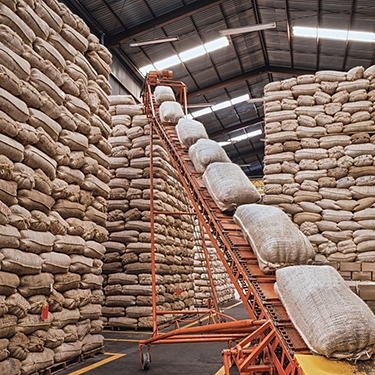Infrastructure investment due diligence

On behalf of a Canadian oilseed processer WPI's team provided market analysis, econometric modeling and financial due diligence in support of a $24 million-dollar investment in a Ukrainian crush plant. Consistent with WPI's findings, local production to supply the plant and the facility's output have expanded exponentially since the investment. WPI has conducted parallel work on behalf of U.S., South American and European clients, both private and public, in the agri-food space.

 Bears were once again in charge of the CBOT on Wednesday, though they temporarily relinquished control of the corn market to bulls. Funds were aggressive sellers again in soybeans, soymeal, and wheat futures amid bearish fundamentals for each of the commodities and pushed wheat to a new contrac...
Bears were once again in charge of the CBOT on Wednesday, though they temporarily relinquished control of the corn market to bulls. Funds were aggressive sellers again in soybeans, soymeal, and wheat futures amid bearish fundamentals for each of the commodities and pushed wheat to a new contrac...
 Europe Pivot Point EU leaders will hold a very pivotal meeting tomorrow covering a range of issues including the use of Russian assets and security guarantees for Ukraine, and a trade agreement with Mercosur. More importantly, their reputations are at risk. President Trump predicts Europe&rsquo...
Europe Pivot Point EU leaders will hold a very pivotal meeting tomorrow covering a range of issues including the use of Russian assets and security guarantees for Ukraine, and a trade agreement with Mercosur. More importantly, their reputations are at risk. President Trump predicts Europe&rsquo...